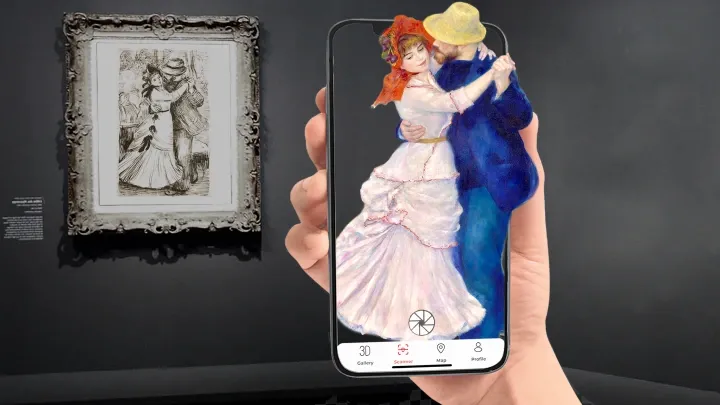Technology in museums

Museums have always been a place for visitors to experience history, art, culture, and science. However, the traditional museum experience has evolved with time, and technology has played a significant role in transforming the way people engage with museum exhibits. Technological advancements have enabled museums to provide a more immersive and interactive experience to their visitors. In this blog post, we will explore some of the latest technology types used in museums to enhance visitor experience.
Virtual and Augmented Reality
Virtual Reality (VR) and Augmented Reality (AR) are emerging technologies that have the potential to revolutionize the museum experience. VR technology creates a simulated environment, while AR overlays digital content in the real world. Both technologies enable museums to provide immersive experiences that transport visitors to different places and times. Museums can use VR and AR to create interactive exhibits that engage visitors in a hands-on and visually stimulating way. For example, visitors can experience ancient civilizations or explore the depths of the ocean through VR or AR technology.
Interactive Displays and Touchscreens
Interactive displays and touchscreens have become a popular way for museums to engage visitors. These displays allow visitors to explore exhibits in a more interactive and immersive way. Visitors can zoom in on artifacts, watch videos, and learn more about the history and context of exhibits. Interactive displays can also incorporate games and quizzes, making the museum experience more fun and engaging.
Mobile Apps
Mobile apps have become a popular way for museums to provide visitors with self-guided tours and additional information about exhibits. Museums can use mobile apps to provide visitors with audio and video guides, interactive maps, and augmented reality experiences. Visitors can use their smartphones to scan QR codes and access additional information about exhibits, making the museum experience more informative and engaging.
Artificial Intelligence
Artificial Intelligence (AI) is another technology that has the potential to transform the museum experience. Museums can use AI to provide personalized recommendations to visitors based on their interests and preferences. AI can also be used to analyze visitor data and provide insights into visitor behavior and preferences. Museums can use this data to improve exhibits and create more engaging experiences for visitors.
Conclusion
Innovation in technology has transformed the museum experience, making it more interactive, immersive, and engaging. Virtual and Augmented Reality, interactive displays and touchscreens, mobile apps, and artificial intelligence are just a few examples of the latest technology types used in museums. By leveraging these technologies, museums can create experiences that are more.
See more articles
Solutions











